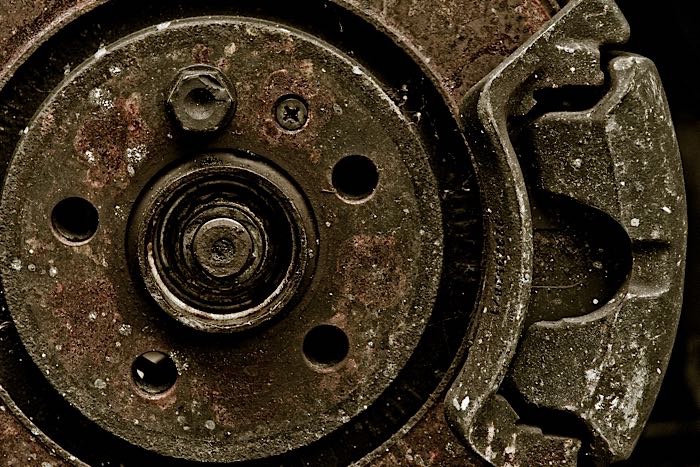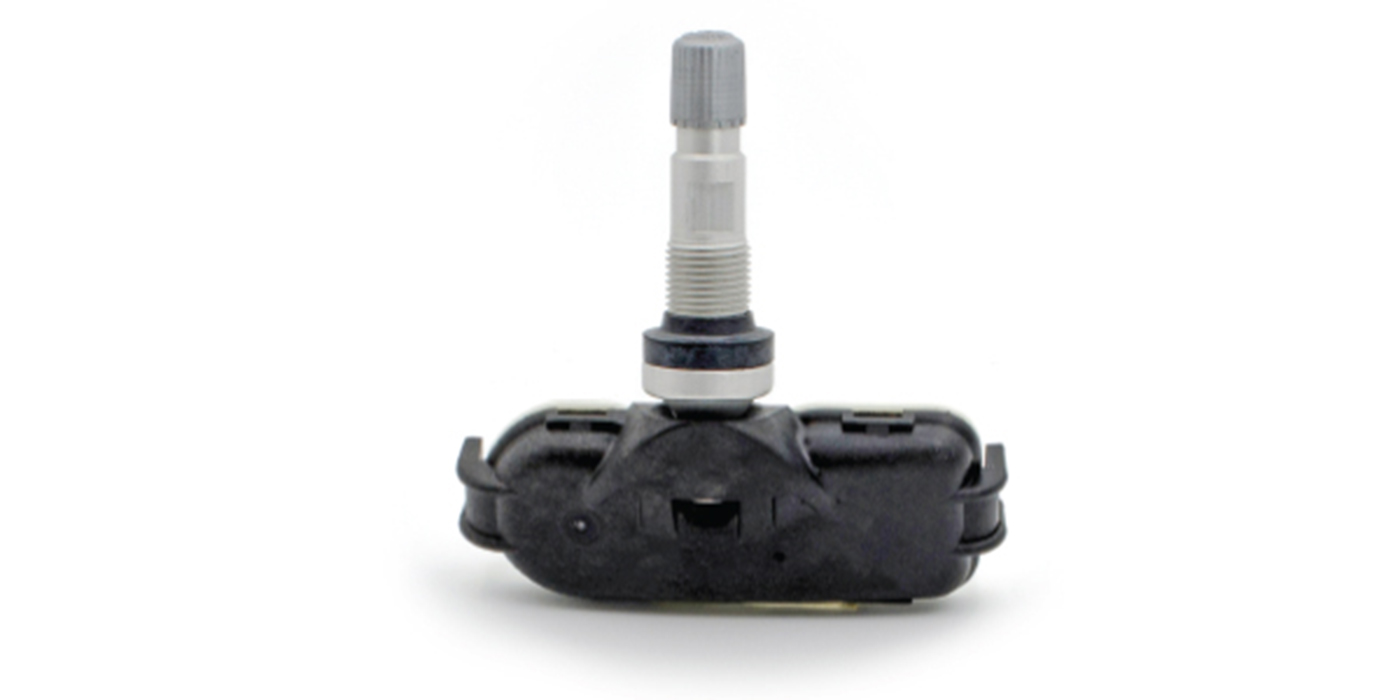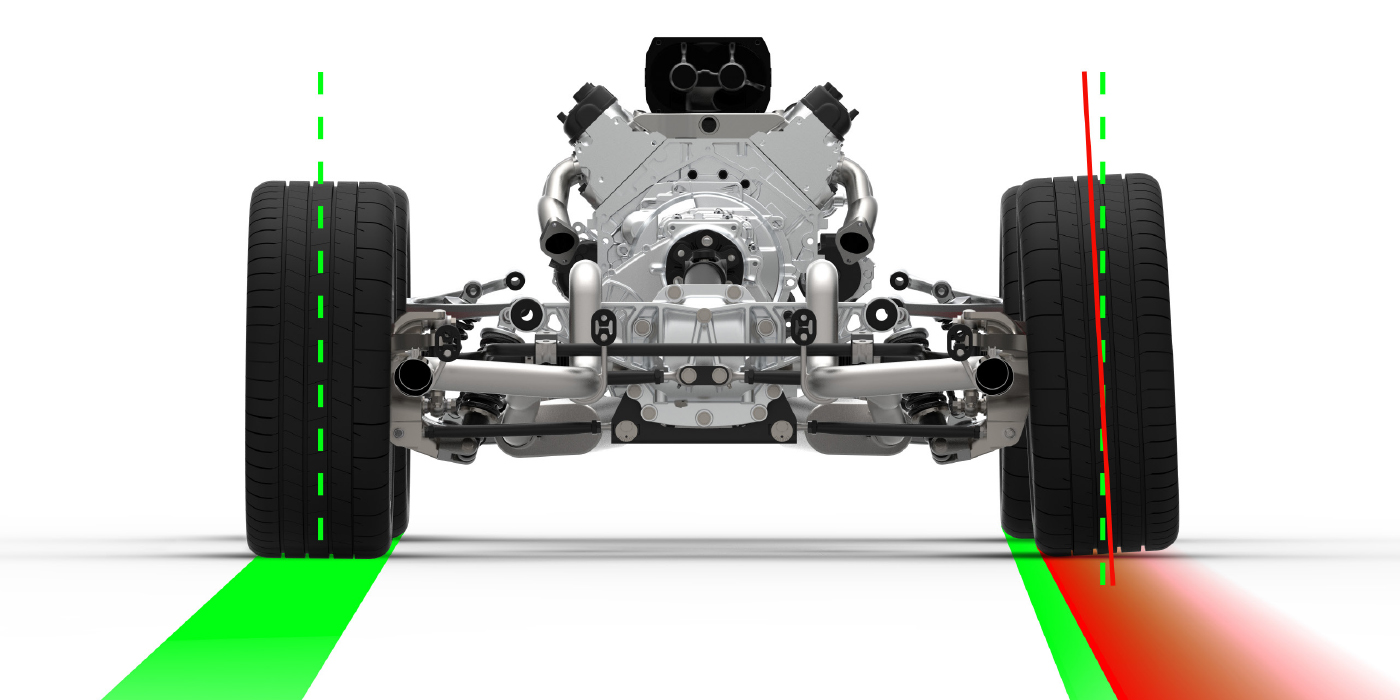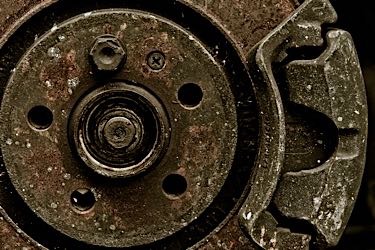 Brake calipers are a key component in a disc brake system. The calipers use hydraulic muscle to squeeze the brake pads against the rotors. The clamping force creates friction between the pads and rotor that slows the vehicle and brings it to a halt. If a caliper is leaking or sticking, however, it may not apply the brakes properly. This can increase the stopping distance of the vehicle as well as the pedal effort. It can also cause a brake pull toward one side.
Brake calipers are a key component in a disc brake system. The calipers use hydraulic muscle to squeeze the brake pads against the rotors. The clamping force creates friction between the pads and rotor that slows the vehicle and brings it to a halt. If a caliper is leaking or sticking, however, it may not apply the brakes properly. This can increase the stopping distance of the vehicle as well as the pedal effort. It can also cause a brake pull toward one side.
Vehicles with “floating” calipers typically have one or two pistons on the inboard side of the rotor. When the brakes are applied, the piston or pistons are pushed outward by hydraulic pressure to force the inner brake pad against the rotor. As the piston or pistons continue to move, it also forces the caliper housing to slide inward. This pulls the outer pad inward against the rotor. Consequently, the sliding movement of the caliper is what actually clamps the inner and outer pads firmly against the rotor to apply the brakes.
The distance the caliper moves is only a fraction of an inch, so if the caliper mounting slides, bushings or pins are corroded or have lost their lubrication. If this occurs, the caliper may hang up and not move as it should. When this happens, the inner pad may be the only one that pushes against the rotor. The outer pad may not make any contact with the rotor, or may only make weak contact because the caliper is stuck. This will reduce the braking friction significantly because only one pad is working to stop the vehicle. Needless to say, this is not good for stopping on a dime. In most cases, the vehicle will veer sharply towards the opposite side when braking because the sticking caliper is not doing much to stop the vehicle.
For example, if a customer complains his car pulls hard to the right when braking, you should inspect the left caliper to see if it is sticking. A dead giveaway is a heavily worn inner pad with much less wear on the outer pad. Also, if the outer pad isn’t doing much of anything, there may also be an accumulation of rust on the outer rotor surface that would normally be worn off when the brakes are applied.
A caliper that sticks when the brakes are applied may also be a caliper that sticks when the brakes are released. If the caliper moves in normally, but fails to kick back out after the driver takes his foot off the brake pedal, the outer pad may continue to drag against the rotor. This may cause brake noise, a steering pull toward the side with the sticking caliper, accelerated wear on the outer pad or a loss in fuel economy due to brake drag.
As before, you need to inspect the caliper and pads to find out what’s going on.
If the caliper is not sliding normally when the brakes are applied and released, or the inner or outer brake pads show more wear than its companion, the caliper is sticking and needs attention. In some cases, all you have to do is dismount the caliper, clean the slides, bushings and pins and relubricate all contact points with a high-temperature moly-based brake lubricant. Do not use ordinary chassis grease because it can melt off when it gets hot.
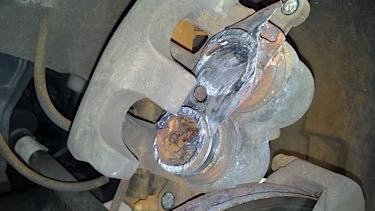 If the bushings and pins are badly corroded, replace them with new hardware. If the caliper mounts are damaged, the surface can sometimes be restored by careful filing or grinding. But if there’s a deep groove worn into the surface, the caliper or caliper mount should be replaced.
If the bushings and pins are badly corroded, replace them with new hardware. If the caliper mounts are damaged, the surface can sometimes be restored by careful filing or grinding. But if there’s a deep groove worn into the surface, the caliper or caliper mount should be replaced.
On vehicles with “fixed” calipers, the caliper housing does not move sideways when the brakes are applied. A fixed caliper has pistons on both sides of the rotor and pushes both pads towards the rotor when the driver pushes down on the brake pedal. This type of caliper design can’t stick on its slides or bushings because there is no mounting hardware to corrode or wear.
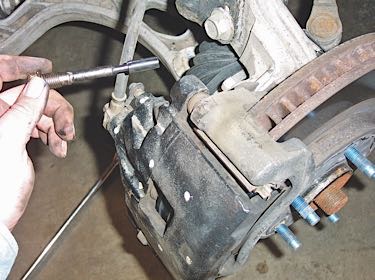 STICKING PISTONS
STICKING PISTONS
The pistons in either a floating caliper or fixed caliper can sometimes stick, usually as a result of corrosion in the caliper piston bore or on the piston itself (if the piston is steel or aluminum). Phenolic pistons won’t rust or oxidize, but they can sometimes swell excessively when exposed to high levels of moisture in the brake fluid or high humidity from the outside air.
If a piston sticks, regardless of the cause, it may prevent the caliper from exerting even force on the pads when the brakes are applied. What happens more often is that a sticky piston fails to retract once the brakes have been released. This can cause brake drag, a possible steering pull to one side and uneven pad wear.
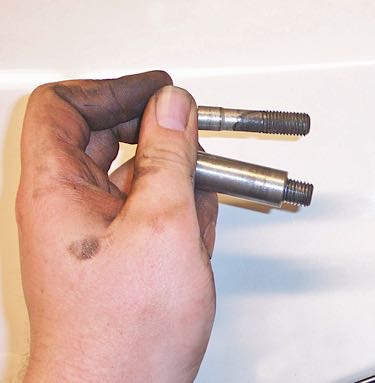 A pad that continues to drag against a rotor can also overheat the pad and rotor. This may increase pedal effort the next time the brakes are applied, or it may even cause the brakes to fade if they get hot enough. A dragging pad may also make the rotor warp as a result of uneven heating, and that can lead to pedal pulsations when the brakes are applied.
A pad that continues to drag against a rotor can also overheat the pad and rotor. This may increase pedal effort the next time the brakes are applied, or it may even cause the brakes to fade if they get hot enough. A dragging pad may also make the rotor warp as a result of uneven heating, and that can lead to pedal pulsations when the brakes are applied.
Another unwanted consequence that can be caused by a sticking caliper and a dragging brake pad is premature wheel bearing failure. The heat generated by the friction of the pad rubbing against the rotor has to go somewhere, so some of it will eventually be dissipated into the hub and wheel bearing. So if the wheel bearing on a disc brake has failed, check for a sticking caliper.
CALIPER LEAKS
Synthetic rubber caliper piston seals and dust covers are fairly rugged, but they don’t last the life of the vehicle. Eventually, time and heat cause the rubber to become hard and brittle. This can lead to cracks, piston sticking, piston corrosion and leaks.
The outer dust shield that surrounds the face of a piston does not seal fluid. The outer seal is only there to keep debris out of the crevice between the piston and piston bore. The fluid seal (which is usually square cut to help retract the piston when the brakes are released) is inside the caliper housing.
Corrosion on the surface of a steel or aluminum caliper piston, or dirt caked on the surface of a phenolic piston, will scrub back and forth on the piston bore seal every time the brakes are applied and released. Before long, the seal will lose its ability to hold pressure and the caliper will start to leak brake fluid.
A fluid leak is bad news because if undetected, the loss of fluid will eventually cause the brakes to fail. Fluid can also contaminate the disc brake pads, causing them to brake unevenly, grab or pull.
Fluid leaks should never be ignored. If the master cylinder reservoir is low, it could be due to normal brake wear or it could indicate a leak. Either way, the entire brake system should always be inspected to determine the cause.
REBUILD, REPLACE OR LEAVE ALONE?
Any caliper that is leaking needs immediate attention and will need to be rebuilt or replaced. Replacing a bad caliper with a remanufactured unit or a loaded caliper assembly is usually faster than trying to rebuild an old caliper — which may not be rebuildable if it badly corroded, cracked or damaged.
Corrosion inside the piston bore of a cast iron caliper can often be cleaned up by sanding or honing, but not so with aluminum calipers. Sanding removes the protecting anodized coating inside the bore. This can promote internal corrosion and lead to the same problems down the road.
A corroded piston should always be replaced. Steel pistons have an anti-corrosion coating on the outside, and the aluminum pistons are usually anodized. If this coating is already damaged, sanding it down only makes matters worse. A sanded piston may work OK for a while, but with a damaged coating, it will soon start to corrode and stick again.
A loaded caliper assembly is a good repair option for a bad caliper since it comes complete with hardware and new pads. This saves time and prevents mismatched parts. If you are installing a loaded caliper on one side of a vehicle, you should use the same friction pads on the opposite side, or replace both calipers at the same time to keep braking forces equal side-to-side.

